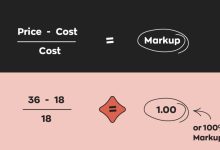When it comes to promoting replica products on Facebook, many newcomers without real advertising experience instantly shout one word: Posting! Posting! Posting!
They treat posting like it’s a magical weapon—the ultimate key to traffic, orders, and domination. Armed with this so-called “secret trick,” they dive headfirst into their personal timelines, spamming endless posts.

Then they move into groups, blasting even more posts.
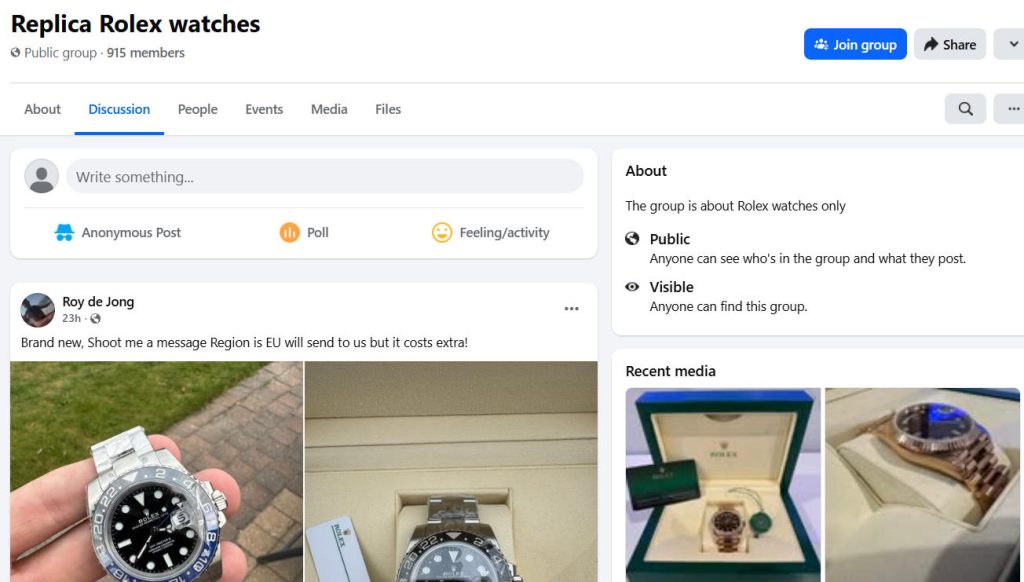
Some even start commenting under other people’s posts, dropping contact details wherever they can.
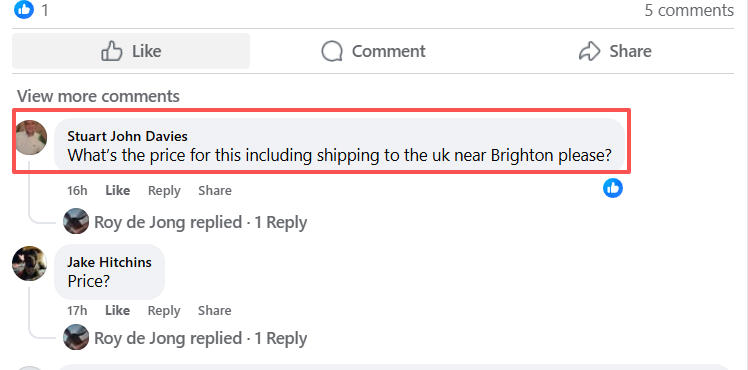
At first, the hustle feels powerful. “I’m working hard—surely results will come!” But after all the effort, the reality sets in: zero traction, zero orders, zero ROI.
The typical response? “I must not be posting enough!” So they double down, convinced that sheer quantity will trigger a breakthrough. Morning posts, afternoon posts, evening posts—day after day, week after week, month after month.
Six months later… nothing to show for it. Just wasted time, wasted energy, and wasted opportunities.
Looking back after six months, the results speak for themselves: almost no engagement on the personal timeline. Comments? Practically none. Shares? Barely a handful. Even a simple “Like” seems too much for people to give.
The entire Facebook feed has turned into a graveyard of self-promotional replica product posts—wall-to-wall spam, with no interaction in sight. It feels less like marketing and more like a one-man show, a kind of self-entertaining performance where the audience never showed up.
Now let’s take a closer look at Facebook group posting.
Many sellers naively believe that simply joining high-follower replica product groups and spamming posts will somehow bring in a flood of potential customers. In reality, the situation is quite the opposite.
①. “Too many sellers, too few buyers”
Take the group “Replica Rolex Watches” as an example. On the surface, it looks promising with nearly 1,000 members. But click on a few of the “active” profiles and you’ll quickly discover the truth: most of them are just like you—sellers, not buyers. They joined the group for the same reason you did, hoping to capture a few leads.
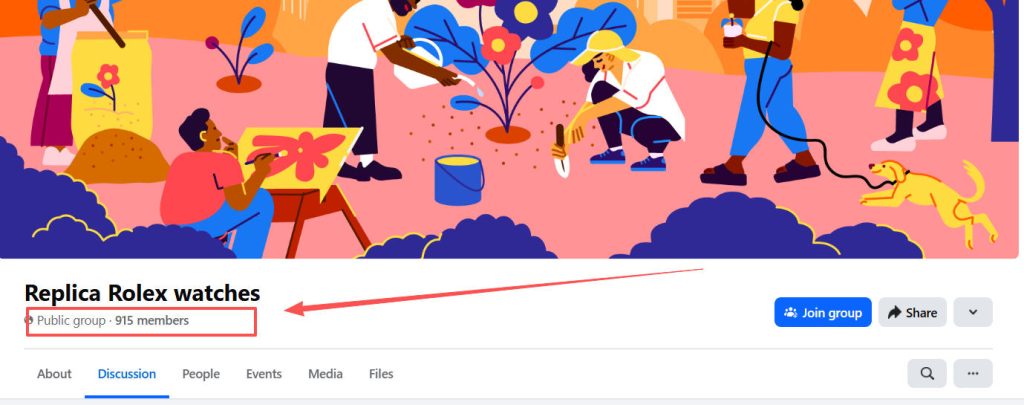
In fact, many of these replica-related groups on Facebook are created by sellers themselves, often by Chinese vendors. As you dig deeper, you’ll notice the same pattern: the majority of members are sellers, while genuine buyers are very few.
And honestly, it’s not hard to understand why. In today’s information-overloaded world, what kind of buyer would willingly join a group flooded with nothing but repetitive sales ads? Sure, a few may exist—but they’re rare. Most people join these groups with one purpose: to sell, not to buy. This is exactly what I mean by “too many sellers, too few buyers.”
②. Groups Run Like a “One-Man Show”
Anyone who has spent time in Facebook groups will notice a common pattern: many groups may look like they have tons of followers, but in reality, the admins run them like a one-man show.
What does this mean? It means that only the admins—or people close to them—are allowed to post ads freely. Everyone else is just window dressing or, at best, part of the target audience. If you try posting your own content, it will likely get deleted quickly. Do it a few more times, and you’ll probably get kicked out of the group entirely. In some cases, you can only post if you pay a fee to the group admin.
This “one-man show” phenomenon is extremely common on Facebook. And from the group owner’s perspective, it makes sense: why should they let you ride for free on traffic they worked hard to build? If you want free exposure, go create and grow your own group.
The reality is, the groups with truly valuable customer bases are usually the hardest to get into. Either your join requests are rejected,
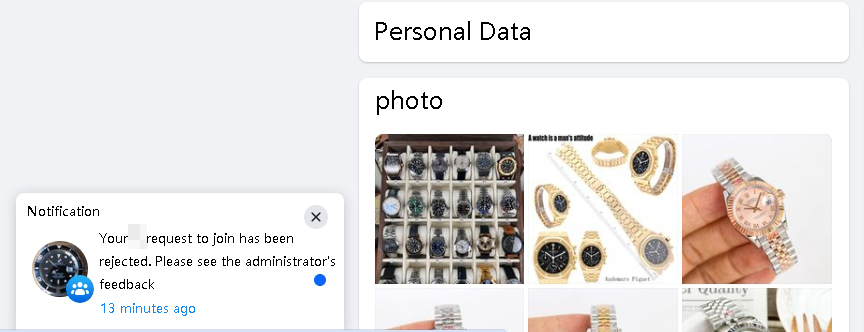
or the groups you do get into are low-quality, spam-filled spaces where everyone is advertising and no one is actually buying.
③. Groups Flooded with Ads
Then there are the so-called “democratic” replica groups—groups that appear more open and “humanized” because they allow every member to post freely. But in these groups, where there are far more sellers than actual buyers, the result is predictable: ads flooding the feed nonstop.
Take, for example, a Rolex Lovers/Fans replicas group I checked while writing this article. The moment I refreshed the page, a brand-new ad post—just two minutes old—jumped out at me.
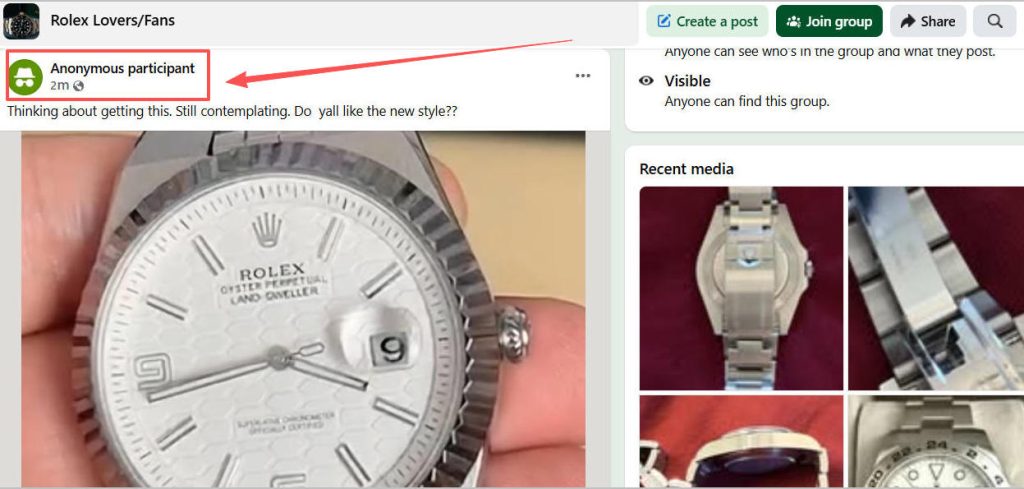
Scrolling down, I saw another ad posted five minutes earlier, then another right after that.
In fact, the group was completely overwhelmed with ad posts, coming in at a pace of about one every 10 minutes. If you post your own ad there, by the time you check back a few hours later, your post has already sunk to the very bottom of the feed—buried, invisible, and essentially useless.
So here’s the serious question: in a group oversaturated with sellers and flooded with ads, who is actually going to see your post?
Many sellers who haven’t mastered the right strategies fall into a common trap: they keep spamming posts and still don’t realize their mistake. They convince themselves that poor sales are simply because they “haven’t posted enough.”
But the truth is simple—the direction is wrong, and all that effort is wasted.
In today’s digital era, Facebook’s traffic algorithms are already highly advanced and intelligent. If “posting more” were truly the secret to success, then why would anyone bother spending money on ads? Why would sellers invest so much time and skill in building SNS strategies or running replica standalone stores?
Flooding Facebook with endless posts might bring a trickle of attention, but it’s ultimately a backbreaking, low-yield method—the very definition of “working twice as hard for half the results.” For most sellers who rely solely on this approach, failure is almost inevitable.
I’ve been in this industry for 16 years, and I’ve gone through the exact same process. About 10 years ago, my business partner and I were doing the same thing—spamming posts on Facebook. Back then, Facebook was a bit more “forgiving,” and there were still some real opportunities to capture.
But fast forward to today—ten years later—the game has completely changed. Simply flooding Facebook with posts hardly creates any real opportunities anymore.
That’s why I’ve always advocated one thing: if you’re serious about cross-border e-commerce in the replica niche, you must learn how to run standalone stores. With a standalone store, you can drive traffic with ads, collaborate with KOLs, or even patiently build long-term SEO. Most importantly, everything you invest into a standalone store leaves behind a lasting foundation—it doesn’t vanish overnight like posts in a crowded Facebook group.
And here’s the truth many sellers realize only years later: your greatest achievement in this business isn’t just how much profit you’ve made. It’s the website you’ve built—a site that holds a loyal base of repeat customers with high repurchase value. That site becomes your most valuable asset.
🚀 Start Your Professional Replica Store Today!
Stop spamming posts on Facebook. Build a standalone store to own your traffic, retain loyal customers, and grow real sales.
 Custom E-commerce Solutions for High-Quality Designer-Inspired Fashion Replicas | Website Development, Dropshipping, Payment Integration for PayPal and Stripe, Ad Cloaking Services
Custom E-commerce Solutions for High-Quality Designer-Inspired Fashion Replicas | Website Development, Dropshipping, Payment Integration for PayPal and Stripe, Ad Cloaking Services



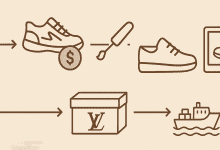










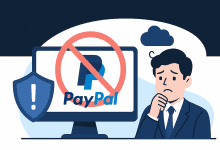







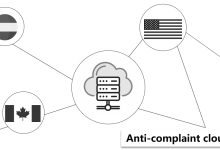




![5 Best WordPress Themes for Replica Product International Trade Websites [Recommended]-Custom E-commerce Solutions for High-Quality Designer-Inspired Fashion Replicas | Website Development, Dropshipping, Payment Integration for PayPal and Stripe, Ad Cloaking Services](https://replicasmaster.com/wp-content/uploads/2025/06/1-1-220x150.jpg)
